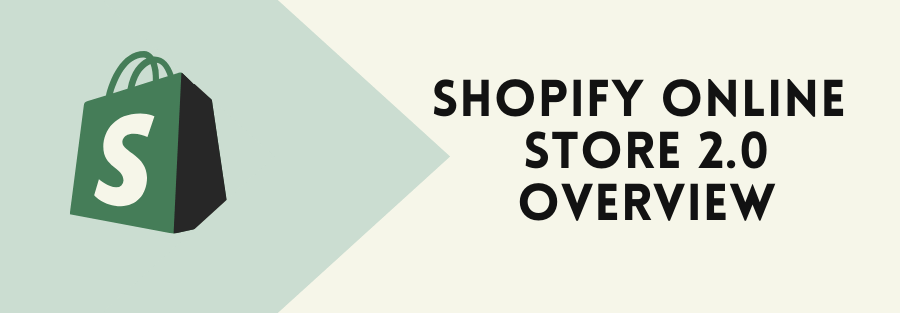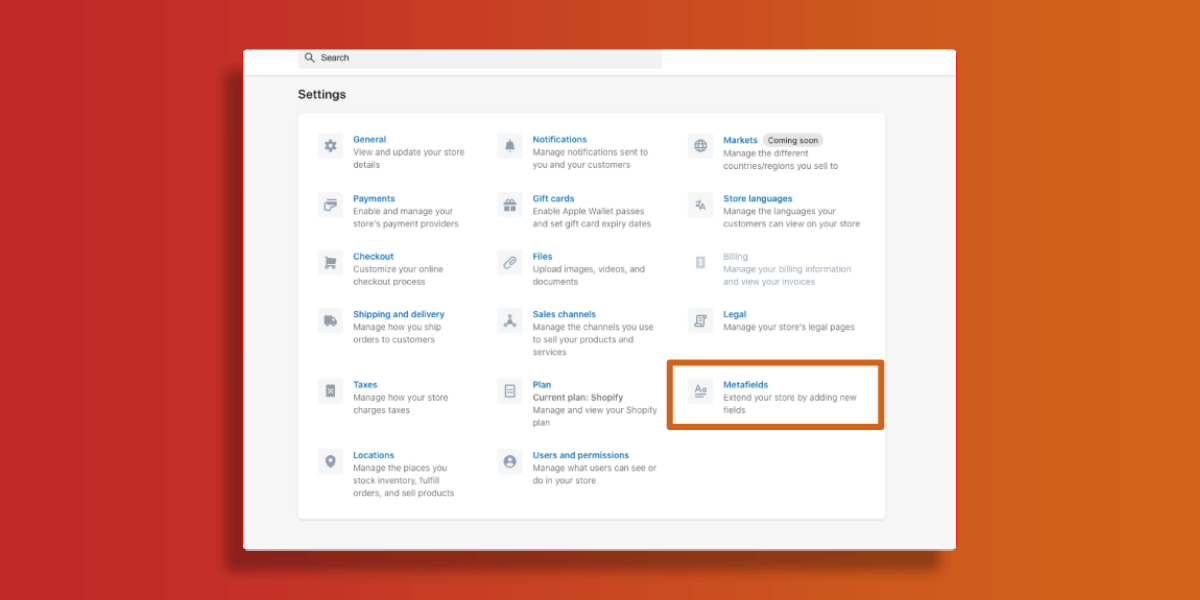Shopify declared huge changes to its online business stage focused on execution, usability, and enabling engineers. The organization additionally reported another income sharing model, giving application and subject makers 100% of income up to $1 million every year.
During a live occasion on June 29, 2021, called Shopify Unite, focused on business people and the Shopify advancement local area, the online business stage showed a few updates and changes, including what it named “Online Store 2.0.”
A complete presentation that lasted about 75 minutes
Shopify Online Store 2.0 overview.
The online shop Shopify 2.0 was launched as promised at the Unite event on June 29, 2021.
The Online Store 2.0 has completely improved the shopping experience with the introduction of new development tools. It now enables developers to create different types of designs and applications for Shopify merchants.
What does OS 2.0 mean for merchants on Shopify?
Among the many benefits, we see flexibility, scalability and performance at the top of our list. most of time:
- OS 2.0 makes it even easier for retailers to harness the power and at the same time incorporate it into their own store windows.
- Content is still king (Shopify even seems to think so), and now branding content on your Shopify store is easier and faster than ever.
- Now development and site maintenance made simpler, we will have more time to focus on more interesting parts of the commerce, like the user experience and the thrill generators.
Netflix’s recently announced merchandise store uses the new theme approach, Shopify has introduced a new theme called Dawn. This is an open-source reference topic designed to provide functionality, flexibility, and ease of use. Supports app section of all pages. According to Shopify
The bespoke storefront with CMS enhancements and an online editor has a more significant influence on non-developers.
An Overall modification can give developers with further authority through developer tools and 0% revenue share on Shopify.
Take a closer look at the following new tools and features to see how they affect the customer experience in Shopify stores.
New Tools & Features
App Modularity
The app block represents a major change in the way apps are integrated into topics. Without changing the theme code, app developers can now create UI components that can be added, removed, and changed directly from the theme editor. It also means that the uninstallation is cleaner because the ghost code is removed automatically.
Design app extensions, like other app extensions, can be easily created, published, and (with versions) updated via the Shopify CLI. Thanks to this modularity, you don’t need to create integration logic for each topic. You don’t have to worry about changes being made because you don’t have to open the design code to manually install your app. As a result, you will spend less time troubleshooting user problems.
Use the Themes API and Asset API to see if the seller is using a compatible theme with your theme’s app extensions. Knowing the theme a retailer is using can ensure the best possible inclusion in the network for retailers looking to integrate apps into their themes.
Better Checkout Experience
In the Online Store 2.0, the payment is much faster, so that every store can process thousands of transactions per minute.
Checkout Extras allow developers to securely connect Shopify applications to Shopify Checkout Extension. In addition, these payment methods work with Shop Pay and offer the shops an additional business interface in addition to the fastest online payment mechanism.
Shopify will soon allow stores to offer additional payment options, increasing the on-site shopping experience and merchant conversion rates.
Additionally, the option to buy now and pay later is included to enhance your online shopping experience.
Buy Now, Pay Later
“The concept of buy now, pay later has gained a lot of popularity of late. It enables shoppers to pay less upfront while increasing conversions and average order values for merchants.
With buy now, pay later, customers will have the option to pay in full now or later in four interest-free installments.
With a plethora of Shopify apps, retailers frequently struggled to find one that met their requirements. This issue is addressed in Online Store 2.0.”
The concept of buy now, pay later is widespread. This allows buyers to pay less when selling conversions and average order value for sellers.
Customizable 404 Pages
This is the page customers are taken to when they click a broken link on your website. Traditionally, this included text that said, “Oh, we can’t see it” and a button to continue shopping.
In order for this page to be purchasable, you must change your topic icon to include products or categories. You can then add sections to this page, just as you would with the Online Store 2.0. You can easily create space for your best-selling products, as well as links to your most popular collections.
Customizable Online Store
The new upgrade gives retailers more creative freedom to build their storefront without having to know the “coding” to get started quickly. Developers benefit from more development and customization thanks to access to “maximum code”. Sections and blocks allow you to quickly add and change information on your web page.
In addition, the 2.0 online shop enables retailers to dramatically promote their products by providing additional product information.
Changes To Meta fields
Metafields are additional data that can be assigned to certain parts of Shopify, for example individual pages, customers or orders. Previously, Shopify only allowed one page title and one rich text editor for page content per page, product or group. But what if you want to add more specific fields or information to jump to a specific part of the page, e.g. B. a component list or a size table? Metafield apps have always been the first choice for this, but the good news: Shopify has launched its Metafield functions that can be edited directly on the product, product or collection page without the required API or third-party provider Apps are needed. . Metafields also supports different file types with the Shopify file picker!
In addition, the 2.0 online shop enables retailers to dramatically promote their products by providing additional product information.
Liquid Input Setting
Another update is the Smooth Input Settings Theme Editor, which allows you to add a custom smooth code editor to pages. The Liquid setting is similar to the HTML setting. The only difference is that you have access to a wide variety of fluids. Traders have access to public liquid objects and shapes.
This setting reduces the need for traders to manually change the icon of each theme when adding an icon to applications using Liquid. Use the developer documentation or check out the new look in the dedicated section of Dawn’s Liquid.
This makes it easy for you as a developer to make independent store decisions and concentrate your time on integration and creative solutions.
Flexible Store Content
Merchants can now add descriptive fields and attributes to their attributes without using the API or writing code. This means retailers can add whatever content they want to the product page, such as a shopper section that includes a size chart or an ingredient list.
In addition, metafields can also contain elements, the display of which has not been checked in the main editor of the shop. Metafields now offers the ability to save media such as images or PDF files. It also makes it easier to upload and select media on product pages.
When merchants want to place a product warranty or size chart on their product page, the file picker makes it easy to select the relevant file and place it where the subject meta field is.
Developers can use this GraphQL API to download or select media files from the Settings / Files folder.
Allows applications to use this space for files and images that are not relevant to a particular product, such as images used in themes. Additional information about the File API can be found in the Shopify documentation.
More Product Information to Attract Customers
Previously, you had to edit your code to include more data about a product, customer, or transaction, which was tedious. With this update, you can finally update and modify your Metafeld directly from your Shopify dashboard without touching your code. This feature makes it easy to supplement product information. For example, a product page for buyers can include specific care procedures.
In addition, the new Shopify store allows you to store additional data about your products, customers, and orders in your Shopify account. You can attract more customers by adding information to your product page. In addition, this new feature enhances the in-store payment experience.
Finally, CMS is another very important area that includes improvements and additional features. New updates allow you to write brand new custom content. Create content once and publish it on all of your channels including your online store.
What do you think of the Shopify 2.0 online store? Leave your comments with us at the bottom of the page.





